
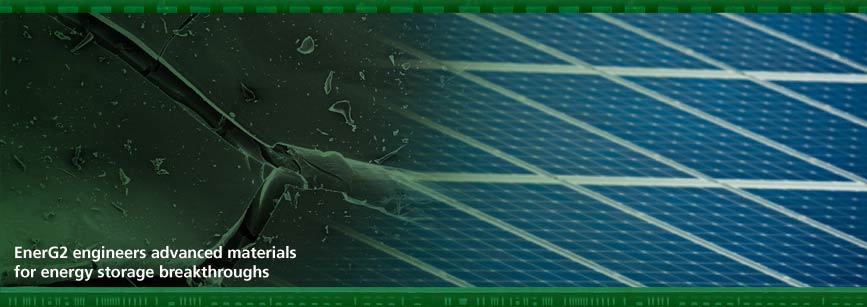
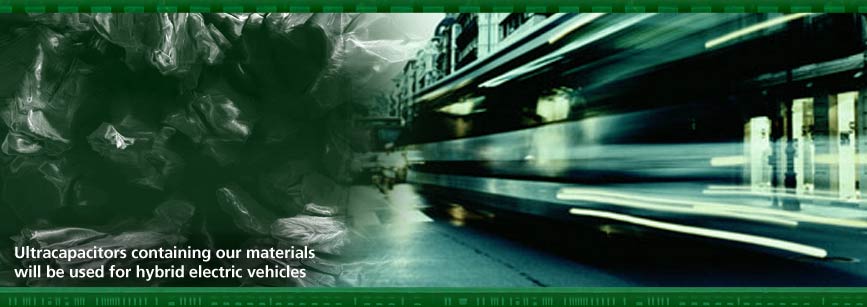
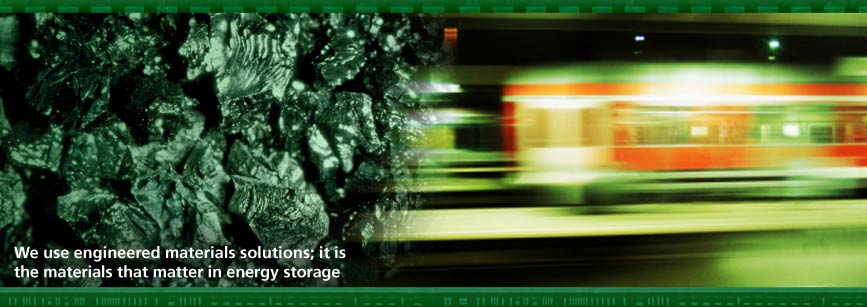
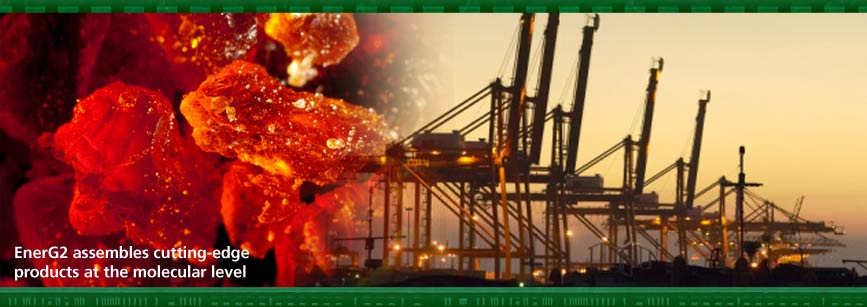
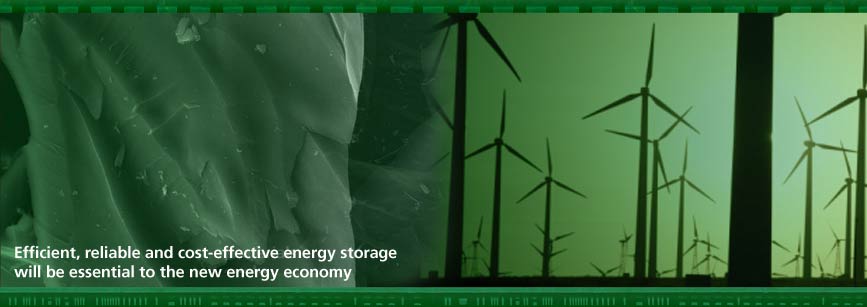
| Home | |
| BITALPHA AI | |
| Technologies | |
| Products | |
| Applications | |
About
|
|
| Contact |
|
|
||
|
 |
||||||||||||||||||
|
||||||||||||||||||
|
EnerG2 / FAQ
|
|
|
|

